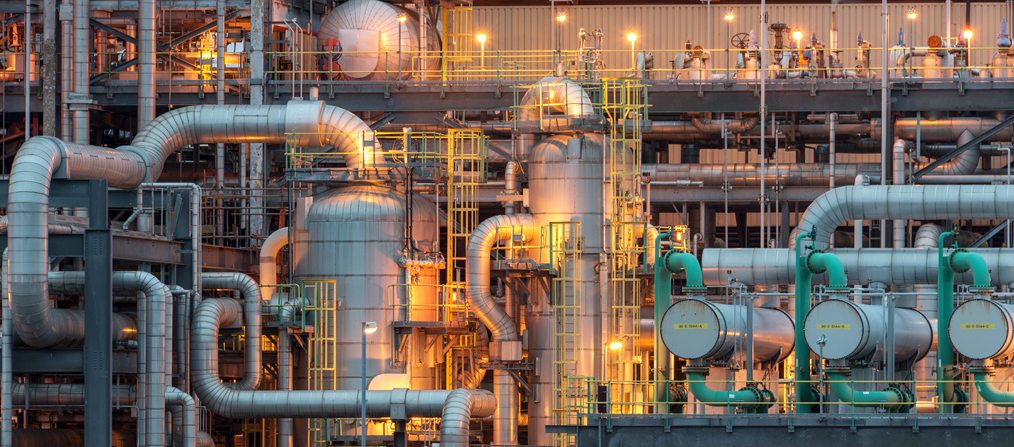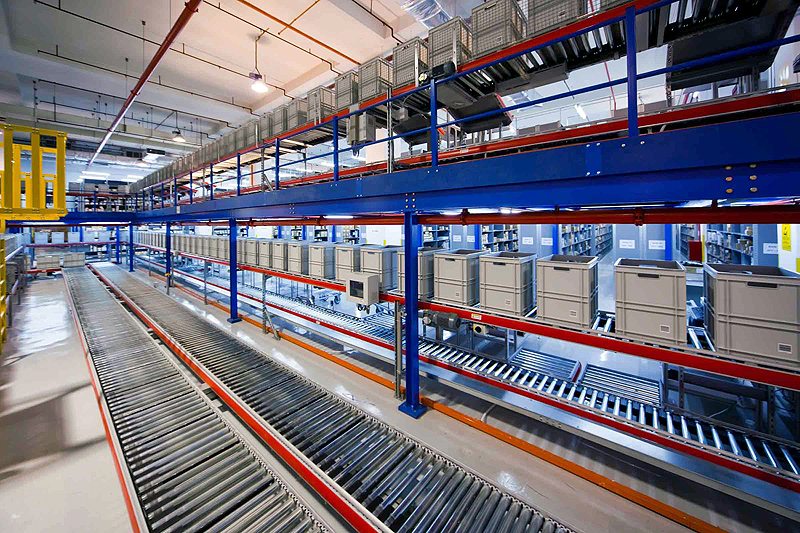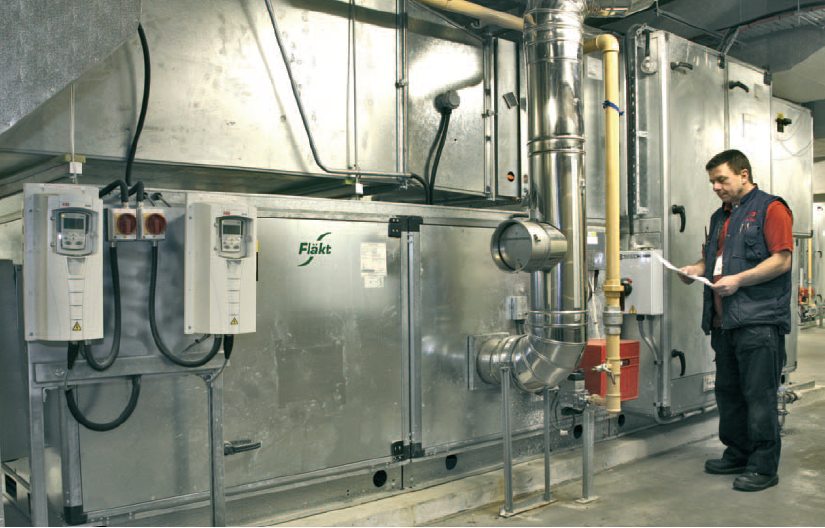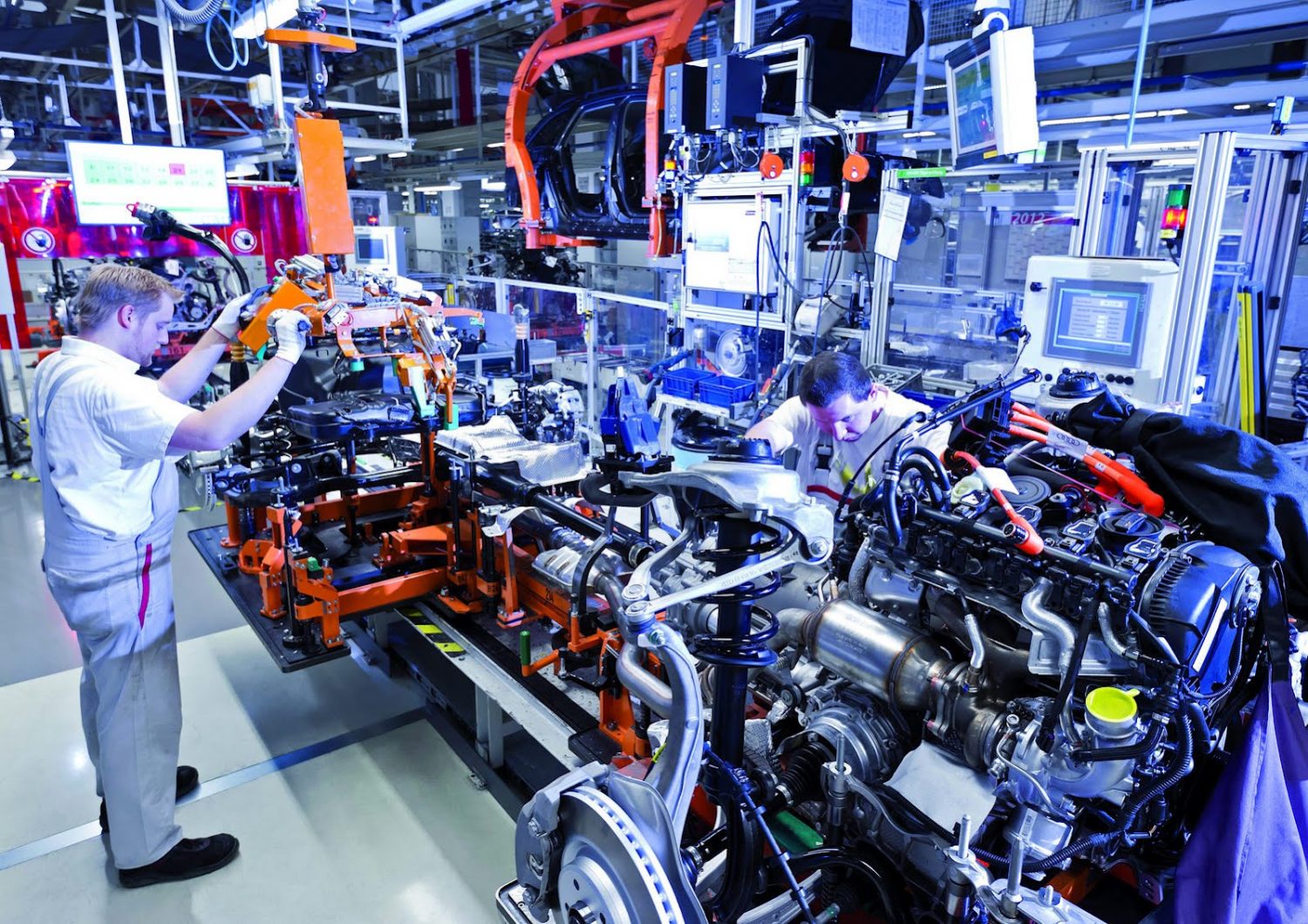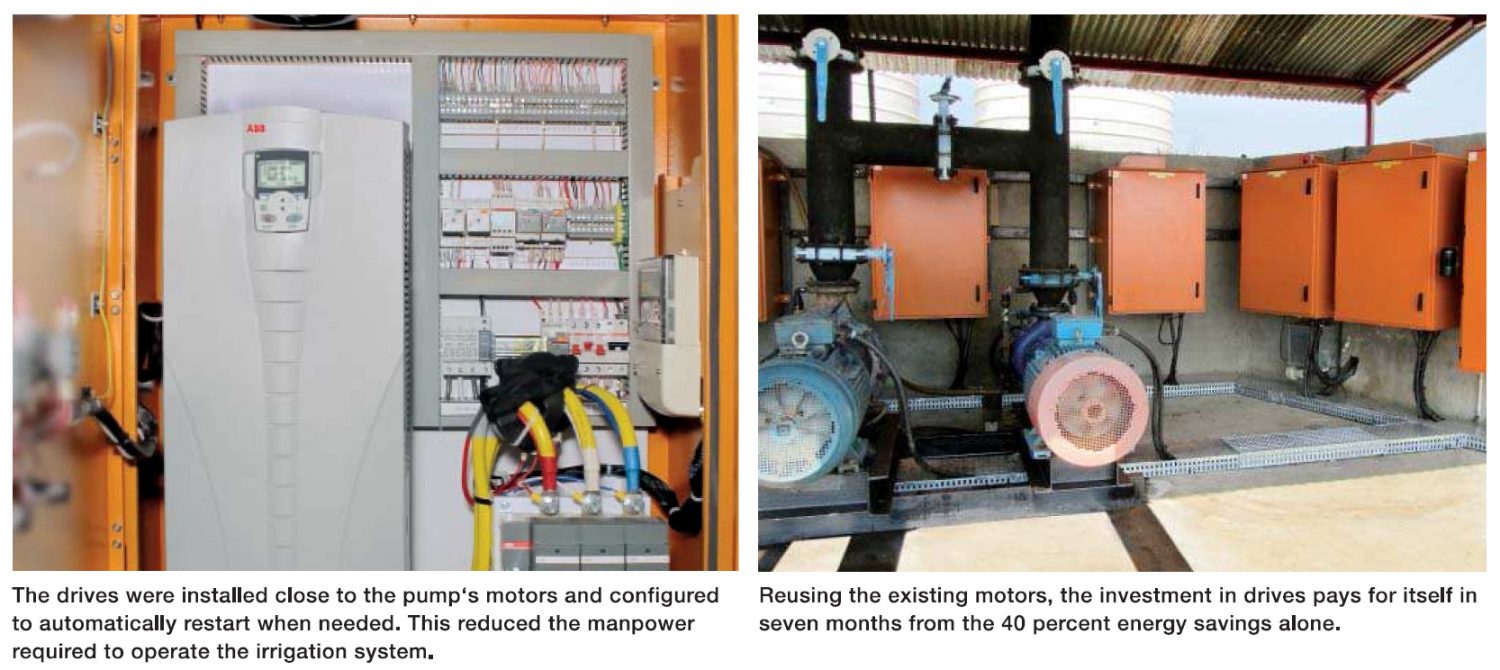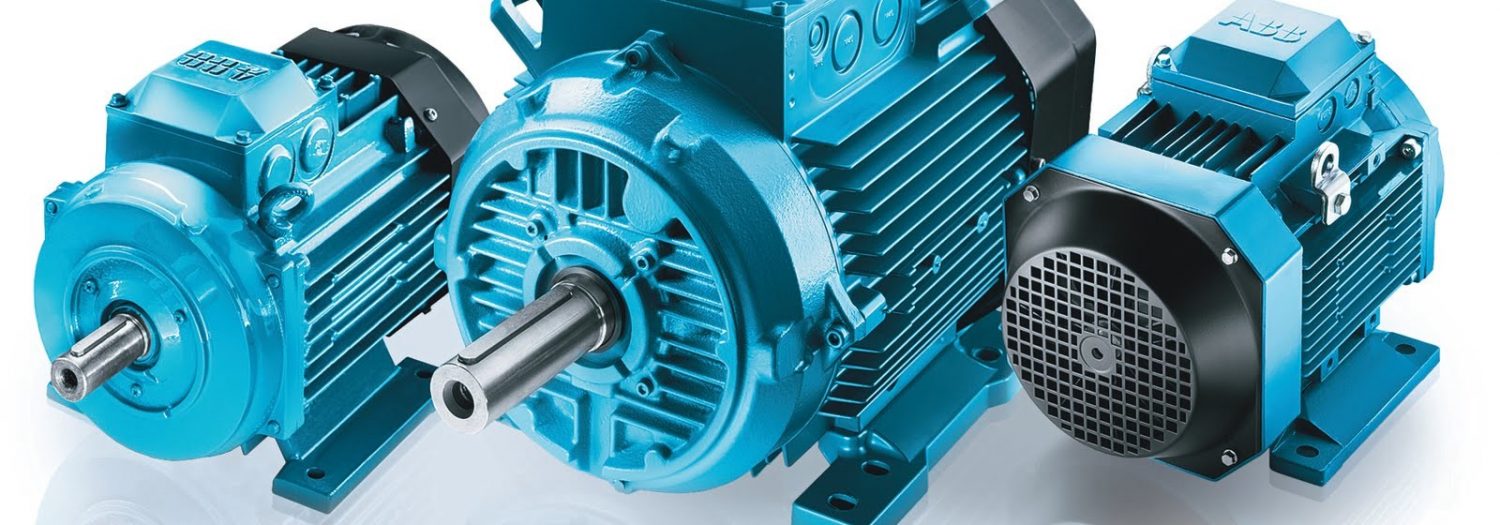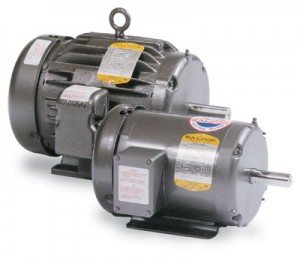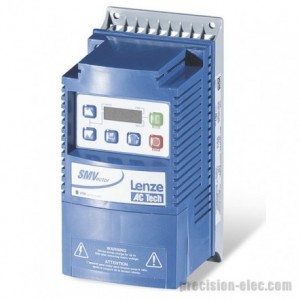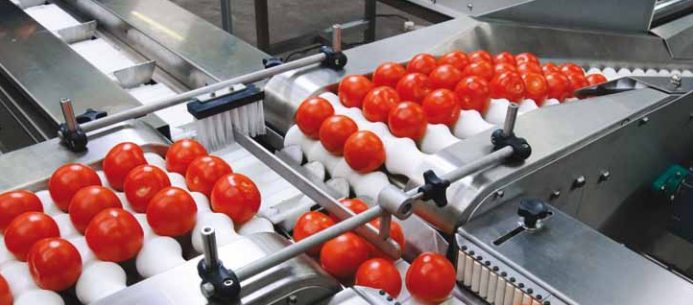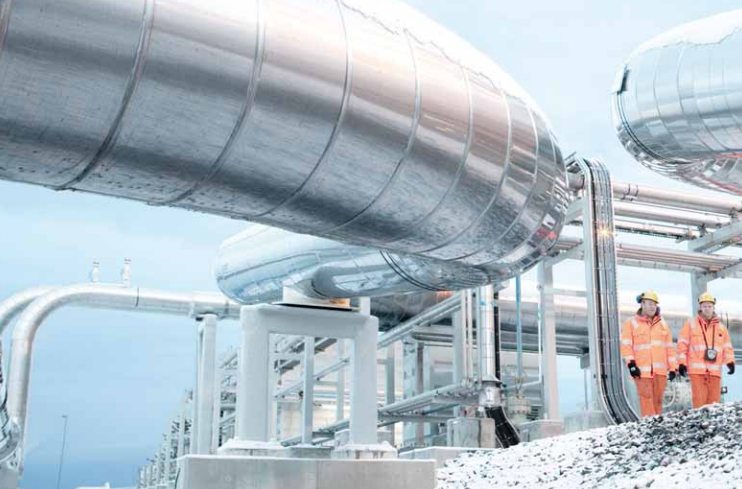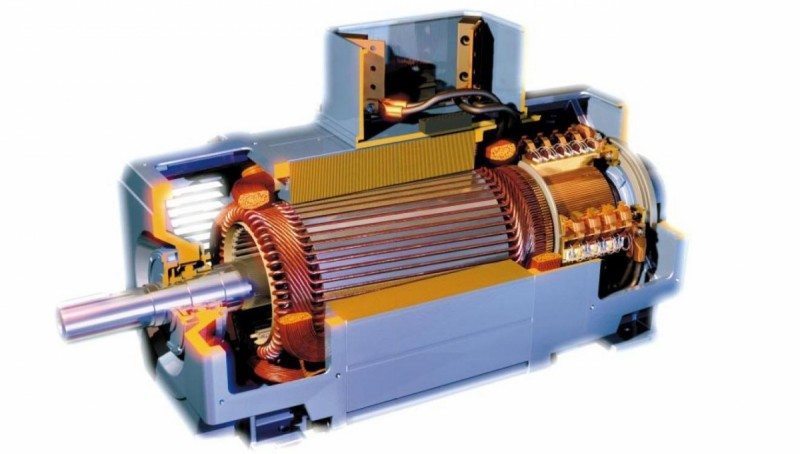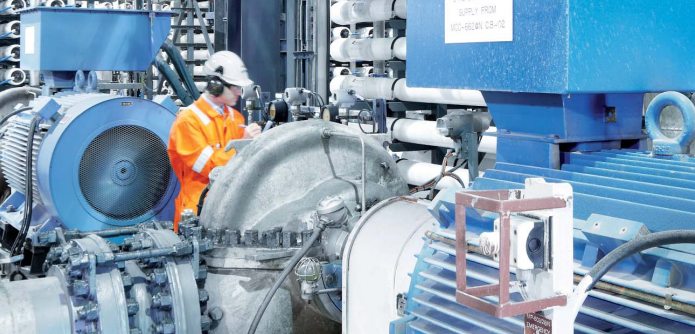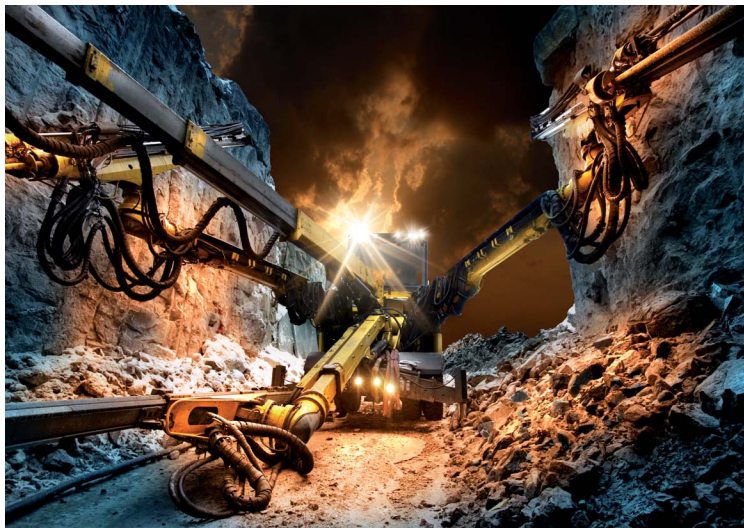Eaton LED Solutions For Oil Refinery Applications
Eaton has over 100 years of oil and gas market leadership and servesthe world’s oil companies,original equipment manufacturers and EPCs with electrical, hydraulics and filtration solutions supported by a global network of over 2,500 services professionals. Over the years, Eaton’s innovative portfolio has grown, including solutions from names like Aeroquip-Vickers, B-Line, CEAG, Crouse-Hinds, Cutler-Hammer, Holec, and Synflex among others.
Refineries are commonly faced with the growing challenge of keeping up with uptime, budget and regulatory requirements despite aging equipment. Operating around the clock in harsh environments also demands the utmost in visibility and illumination to support worker safety. Eaton LED solutions for oil refinery applications with todays modern light emitting diode, (LED) technology delivers increased energy efficiency, lowers maintenance costs and improves light quality, lighting upgrades present a great opportunity for refineries to cut costs while bettering work environments.
Application Cases– Eaton LED Solutions For Oil Refinery Applications In USA
When a major U.S. refinery was looking to modernize its lighting systems to provide a better environment for personnel, it sought a solution that could also reduce ongoing maintenance, replacement and energy costs. The increasing costs incurred from the aging high-pressure sodium (HPS) and incandescent lighting technology began to compound, and the refinery knew it needed to collaborate with an industrial lighting expert to develop a solution that would continue to deliver benefits well into the future.
Solution
Following an extensive inspection by lighting experts in Eatons Crouse-Hinds business, the refinery replaced legacy HPS and incandescent fixtures with Champ VMV Series and Vaporgard Series explosion proof LED luminaires. Exceeding the refinerys expectations as a HPS replacement for overall light quality and durability, the Champ VMV Series LED fixtures provided full-spectrum lighting and custom distribution at a fraction of the energy consumption.
Consuming less than 50W, the Champ VMV3L delivers equivalent lighting levels of a traditional 100W lamp, offering a lifetime energy savings upwards of 77 percent compared to traditional HPS luminaires. The robust design provides protection from flammable vapors, gases, corrosive chemicals and liquids to withstand the harshest of environments and has a lifespan more than six times that of typical luminaires. The Vaporgard LED explosion proof luminaires were implemented to provide the refinery with uniform, crisp light in low-mounted applications. An ideal replacement for traditional 100-200W incandescent applications, the luminaires comply with T5 temperature codes in Class 1, Div. 2 locations to provide the safety and performance required in downstream applications. The 22W LED system can also help save up to 85 percent in energy costs, and provides a rated life of up to 50,000 hours for nearly 10 years of maintenance-free lighting.
Results
By implementing the Eaton LED lighting technology, the refinery was able to reduce its annual energy usage by $34,668 while decreasing annual maintenance costs by $766,647. The complete lighting solution is also designed in compliance with applicable industry standards, providing the highest quality, safety and optical performance for hazardous areas.
To learn more about Eaton LED solutions for oil refinery applications, visit the Eaton Website. For Eaton Drive Repair and Replacement quotes, contact Precision Electric.

